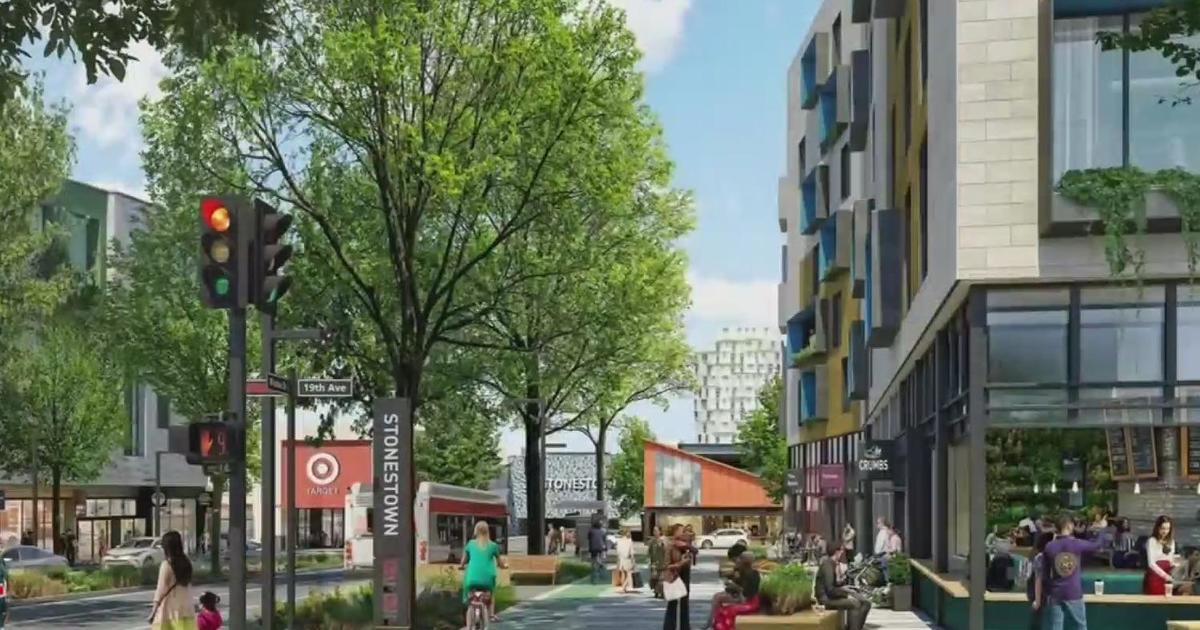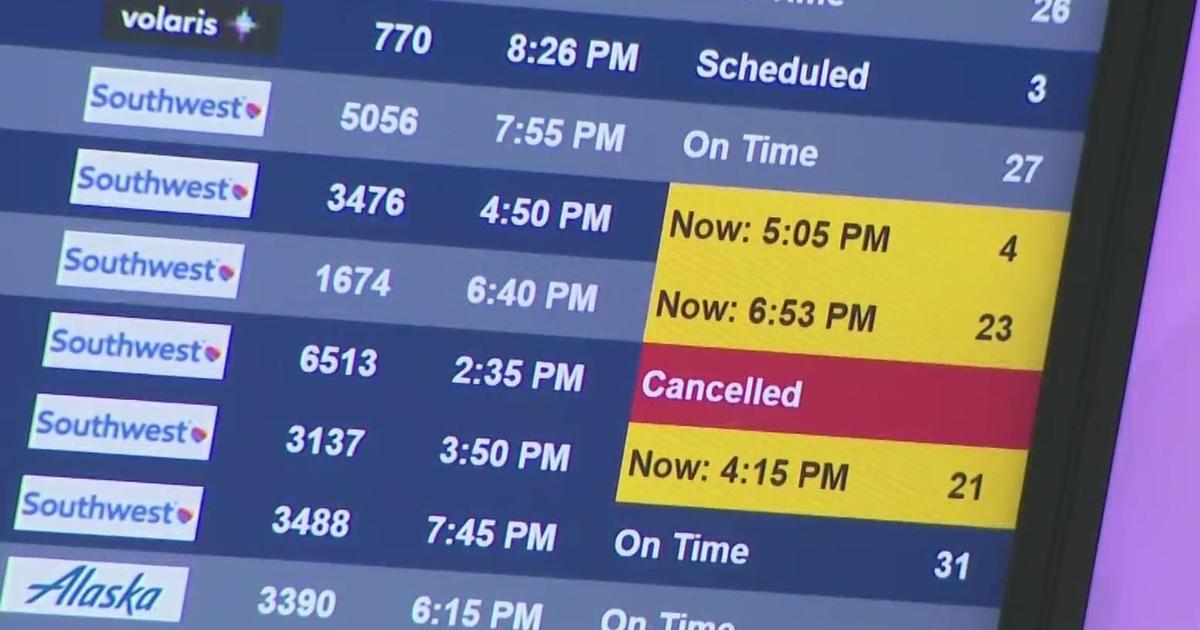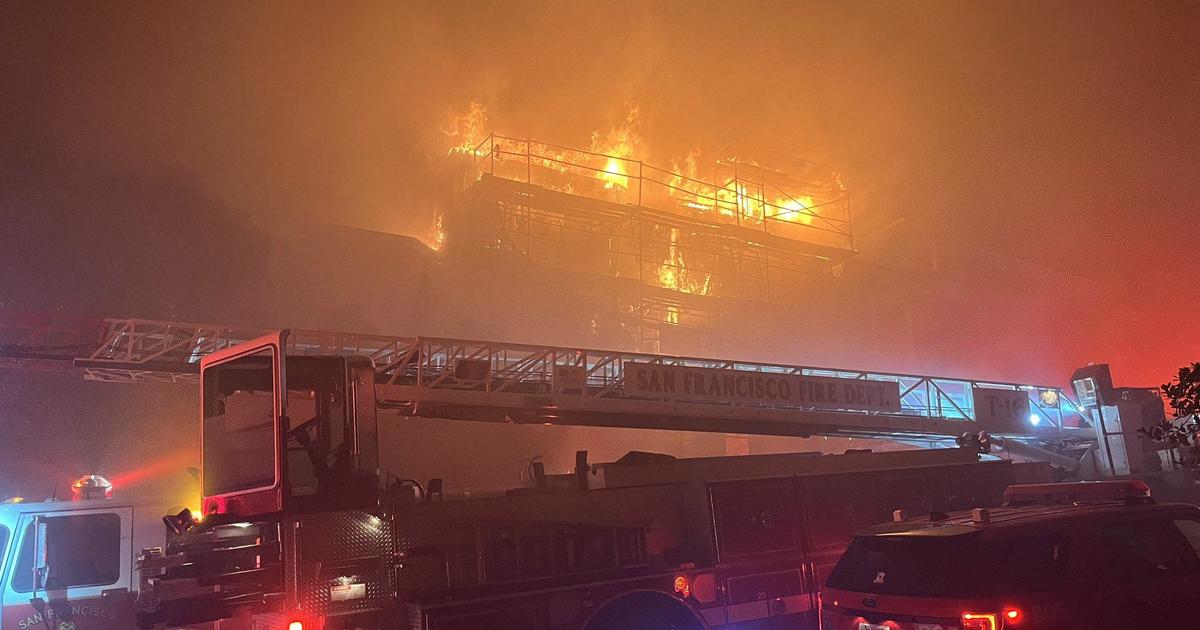COVID Restrictions: Several Bay Area Counties Begin Stay-At-Home Shutdown, Closing Businesses
SAN FRANCISCO (CBS SF/AP) -- Many Bay Area residents on Sunday got in their last meals out ahead of the new stay-at-home order that closes restaurant dining and bars, shutters salons and limits retail in an effort to curb spiraling coronavirus infections and hospitalizations.
The new rules that take effect before midnight for much of the Bay Area and a large swath of the Central Valley also prohibit residents from gathering with people not in their households. The state on Sunday reported a record number of new daily virus cases for the third consecutive day, with infections topping 30,000.
Gov. Gavin Newsom had said the Bay Area would likely fall under the state's order in mid to late December. Then on Friday, five Bay Area counties -- Alameda, Contra Costa, Marin, San Francisco and Santa Clara plus the city of Berkeley -- decided to preemptively put the stricter restrictions in place this week.
Contra Costa, San Francisco and Santa Clara imposed the new shutdown Sunday night at 10 p.m., while Alameda County will start the stay-at-home order at midnight and Marin County has scheduled its shutdown to begin on Tuesday.
Temporary closures include playgrounds, museums, zoos, movie theaters as well as wineries and breweries.
Health officials in the six jurisdictions decided to align with the state order, even though the ICU availability in the Bay Area was not yet below that number and was at 24.1 percent as of Sunday.
The stay-at-home measures in the Bay Area will last at least through Jan. 4, a week longer than the state's timeline.
Some law enforcement officials said they don't plan to enforce the rules and are counting on residents to voluntarily wear masks and practice physical distancing to protect themselves during the pandemic.
Newsom's new plan divide the state into five regions and use intensive care unit capacity as a trigger for widespread closures.
It is the most restrictive order since Newsom imposed the country's first statewide stay-at-home rule in March and comes as California grapples with soaring COVID-19 infections that have driven hospitalizations above 9,700 and the seven-day positivity rate above 10%.
The rules are expected to affect about eight in 10 California residents and will remain in place at least three weeks, meaning the lockdown will cover the Christmas holiday.
California's Department of Public Health imposed the order Saturday after intensive care unit capacity in Southern California and Central Valley hospitals fell below a 15% threshold.
State health officials on Sunday said the capacity in intensive care units had shrunk to about 7% in the San Joaquin Valley and 10% in Southern California. Other parts of the state could soon face the same restrictions, with the region around Sacramento reporting an ICU capacity of 18%.
It was the last supper for outdoor diners in San Francisco's North Beach. People had mixed feelings about the new stay-at-home order.
"I think we're going overboard," one person said.
"I think this order should have been done way before December," said another.
Restaurants, which have already endured so much hardship, will only be able to serve takeout. Owners are desperately hoping to make it to the end of the pandemic
"Once this is over, there is not going to be too many people left," said Piazza Pellegrini owner Dario Hadjian. "This is the really the last straw that's going to break the back of the camel."
Now that the new stay-at-home order has gone into effect, only essential workers are supposed to be outside.
"It's like when the tsunami came in Indonesia. The sun was shining and it was a beautiful day," said UCSF infectious disease specialist Dr. Peter Chin Hong.
He says the virus is like that tidal wave: when it is still on the way, everything seems fine on the shore. Since the public can't see the insides of hospitals, people don't see how dire the situation is becoming right now. They wonder why they can't keep eating outdoors, for example, which so far has seemed to be a relatively safe activity.
"In the past, even two or three weeks ago, when you were outside, and you came with your nose and mouth came into close proximity with another nose and mouth another...the stakes weren't high at that time, because the chances of that person having COVID were very low. COVID rates in the Bay Area were actually some of the lowest in the country," said Dr. Hong.
But now the virus is much more prevalent. And if a lot more people have it, a lot more people sitting close together without masks can spread it. A stay at home order will simply keep large numbers of people away from each other which -- as frustrating as it is -- can slow the spread of the virus.
Over the weekend, some Bay Area stores reported a rush of shoppers seeking to stock up before crowds were limited.
For shoppers and business owners in the South Bay, the latest shelter-in-place order felt like déjà vu: people rushing to finish last-minute shopping and get services done.
Nail and hair salons saw a surge of customers this weekend in Santa Clara County. Many salons that would normally close on Sunday rescheduled next week's appointments to squeeze them in this Sunday, the last day of operation in 2020.
"A lot of people are like, 'Oh my gosh! What are we going to do?' So we did get a surge of texts, people calling in last minute. Just yesterday, we were quite busy," said hair stylist Lan Nguyen.



